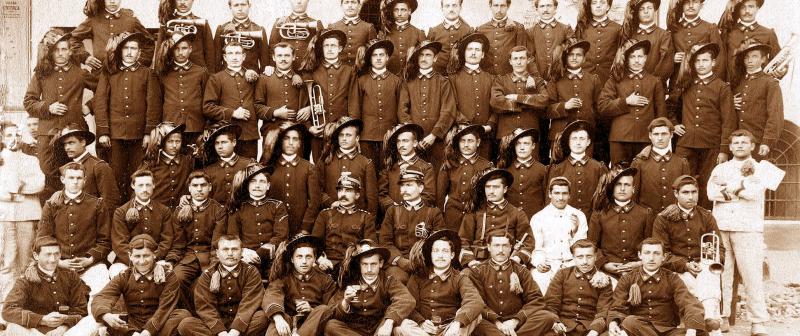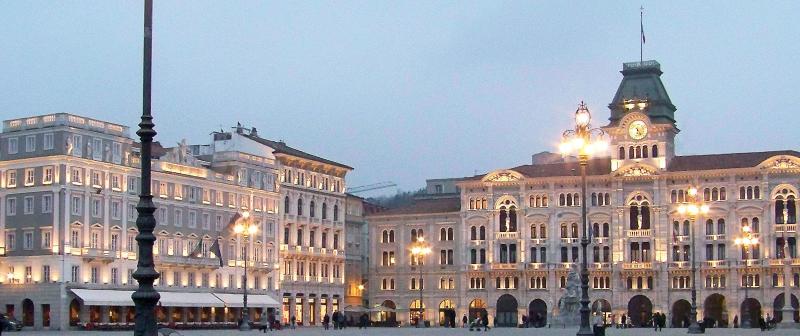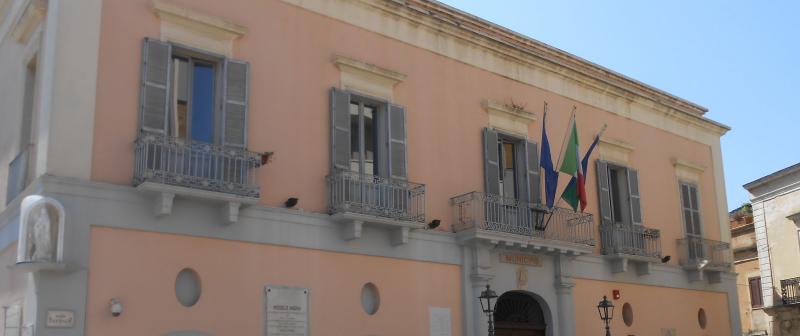A family tree is mostly a collection of birth, marriage and death information; this is possible when these records are available and when we know the essential information to start a research in the Italian local sources such as town halls and parish churches.
If we want to expand our family history with facts and additional information, or if we need help to find some missing data (i.e. the exact town of birth), military and conscription records can be very helpful.



